Butler County Grow and Know Event
Learn how to plant and pot your own herbs Wednesday, May 14, 2025 at 6:30 p.m. at Garver’s Family Farm Market.
Read MorePlants are much more resilient than we credit them for being. Hardy plants that survive our Ohio winters and summers are tough-really tough. With this in mind, if you have a plant in a place that is causing it or you to suffer, for instance, if you have to squeeze by it to walk to the front door or you outright hate where it is currently planted, you should remember that it can be moved. And it can be done in such a way as to avoid all shock to the plant, or to you. So, when your parents thrust a rose bush upon you that they just have to pass on from their yard to yours, let go of your transplanting fears and accept it graciously. You can move more than just roses; even shrubs and smaller trees can be transplanted with relative ease.
This isn’t to say that moving a plant from one corner of the yard to the other is quite the same as buying a plant at the garden center and planting it in your yard. Certain rules must be followed when moving established plants. One to consider is that plants have the best survival rate if transplanted when they are dormant, in the late fall or winter. For deciduous plants this is when they are leafless and before the buds begin to swell, and for evergreens it’s the same time of year, though they retain their foliage. Follow the example of tree nurseries and dig trees in the winter and early spring. Transplanting on hot, sunny days or windy days dries the roots too quickly; this is one reason why moving plants in June, July and August is not preferable.
The new garden spot needs to fit the plant’s needs. Does it have the right amount of sunshine? Is there plenty of water? Does the soil drain well? Know your garden plants and what they need.
Getting Started
The real danger during transplanting is cutting roots while the plant is actively growing, leading us to the question: “How big does the rootball need to be?” On a tree, for every inch of trunk caliper, which should be measured 6 inches from the ground, you will need to allow for 12 inches worth of root ball. For a shrub that is less than 6 feet tall, measure out 12 inches from its trunk. This can be done using your actual foot, placing it against the shrub’s trunk and slicing into the soil at the edge of it. If you find lots of roots, begin digging another 3 to 6 inches out. This will determine the size of your rootball.
Plants will need to be pruned before transplanting. Of course, you will need to remove any dead, diseased, or dying foliage. You will also need to prune approximately one-third off the top of the plant. Remember that when removing roots from a plant, as occurs when transplanting, a portion of the top of the plant will also have to be pruned to offset the effects. Any broken roots should be eliminated. It’s all about keeping the plant alive and getting it established in its new home.
Digging
After determining the size of your root ball and pruning the top of the plant you are ready to begin. Start by digging the new hole first, then dig the plant and move it immediately, or as soon as possible. If you can’t get it into the ground immediately, place it in a cool, shady part of the yard, where you are not going to forget about it. Also, if it will not be replanted for more than a couple of hours, cover the root ball with burlap or wet newspaper and give it some water while keeping it out of direct sunlight.
When digging the new hole, make sure it is least two times wider than the root ball, but not deeper than the root ball as the plant will sink. Transplanted plants need to be at the same soil level in the new location as they were in the old. The level can be determined by noting the difference in the color of the plant’s bark. As always when digging deep holes (12 inches or more) in your yard, contact the “Call Before You Dig” folks at 800-362-2764 at least 48 hours, but no more than 10 working days, before you plan to dig.
Care after transplanting
Water attentively; too little and even too much water can cause plant loss. Remember the plant has lost many roots, leaving it with too few roots to search for water. Water well immediately after planting and check on the plant every couple of days. Place your finger into the soil next to the plant to check. If the soil is moist no water is needed at that time, but when it doubt-check it again tomorrow.
Barbara Arnold is green corps coordinator at Franklin Park Conservatory.

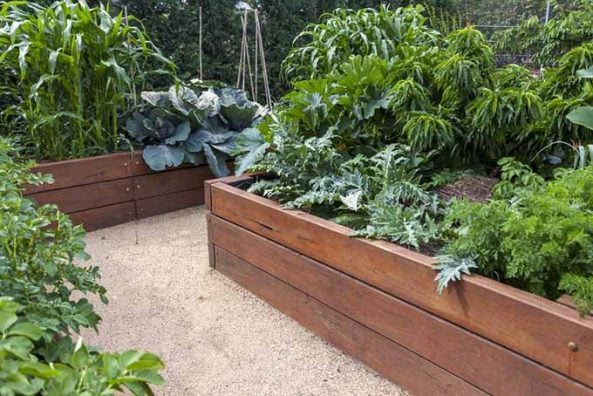
Learn how to plant and pot your own herbs Wednesday, May 14, 2025 at 6:30 p.m. at Garver’s Family Farm Market.
Read More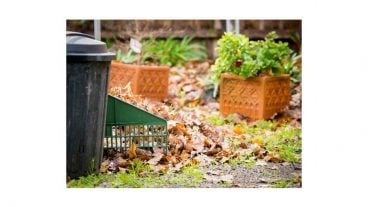
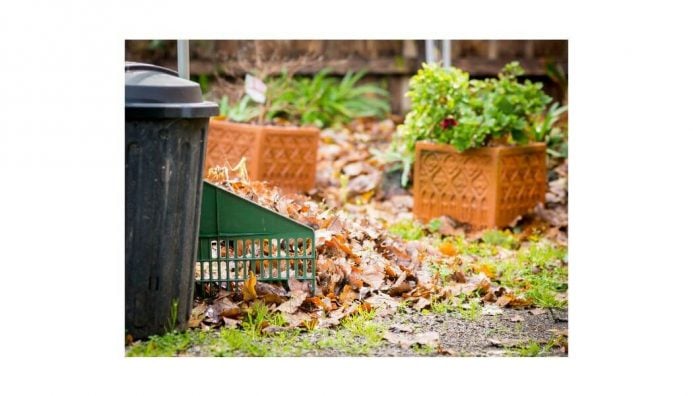
Sometimes the best course of action is nothing at all. Leave the leaves, forget the garden, and compost the decorations.
Read More

If you have any questions about your gardens, OSU Extension and the Trumbull County Master Gardener Volunteers are here to assist.
Read More
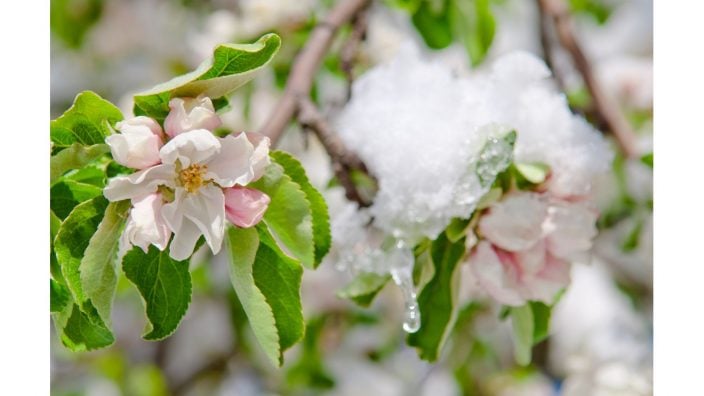
Weather patterns like we are experiencing this year increase the risk of loss for fruit and ornamental crops.
Read More

Groovy Plants Ranch is a retail store and tourist mecca with a huge emphasis on unique and unusual plants.
Read More
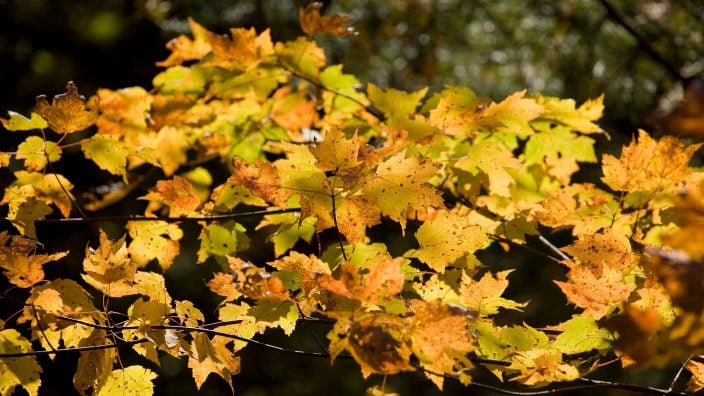
Whatever method you choose, understand there is no right way or wrong way to handle leaves each fall.
Read More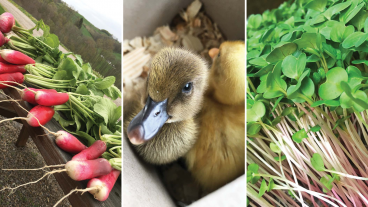
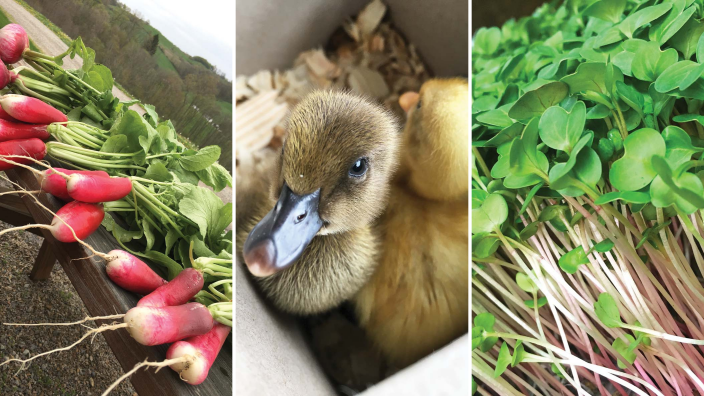
Hard work, dedication and concern for others aren’t quaint concepts at Olde Tyme Farms. These principles helped the 20-acre chicken,…
Read More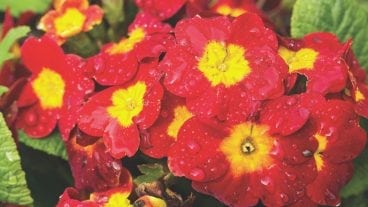
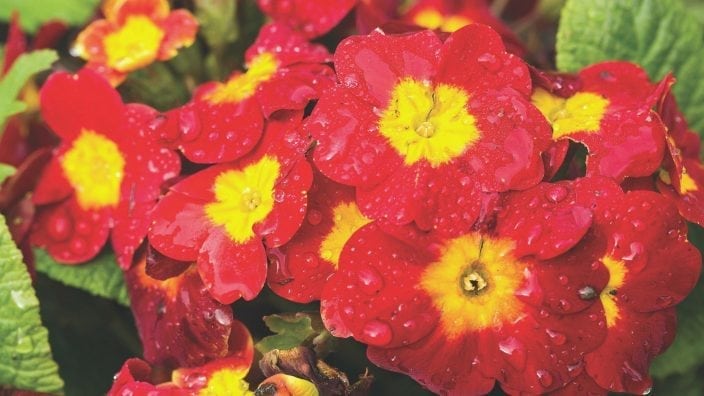
Gold pocket watches, delicate china and heavenly scented flowers are among the heirlooms passed along from one generation to the…
Read More

A buzz of activity surrounds the lead-up to Memorial Day for nurseries and greenhouses, like bees hovering around the bright…
Read More

In real estate — and home gardening — one thing to remember is location, location, location. The ideal garden spot…
Read More